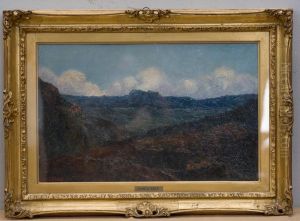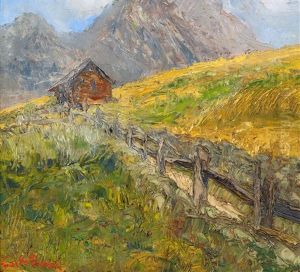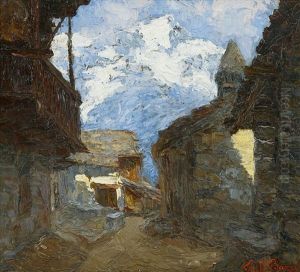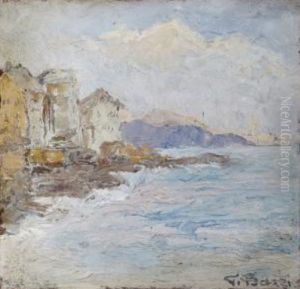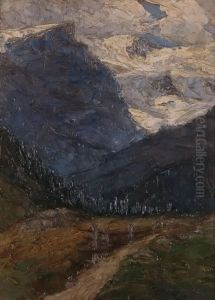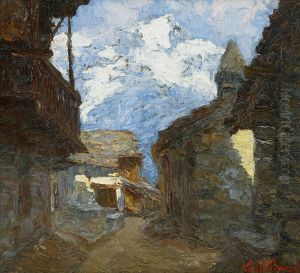Carlo Bazzi Paintings
Carlo Bazzi was an Italian painter, born on August 27, 1875, in Milan, Italy. He was known for his versatility and proficiency in various genres, including landscapes, portraits, and still lifes, often executed in an impressionist style. Bazzi's work is characterized by a delicate use of color and light, which he used to capture the atmospheric conditions and the mood of the subjects he portrayed.
Bazzi received his initial training at the Brera Academy in Milan, where he studied under the guidance of artists such as Cesare Tallone and Giuseppe Mentessi. His education at this prestigious academy provided him with a solid foundation in the techniques of painting and the opportunity to be immersed in the vibrant cultural environment of Milan at the turn of the century.
Throughout his career, Bazzi participated in numerous exhibitions, both in Italy and abroad, gaining recognition for his contributions to the Italian art scene. He was actively involved in the artistic community, and his works were well received by both critics and the public. Bazzi's landscapes, in particular, are noted for their lyrical quality and for his ability to render the Italian countryside with sensitivity and emotion.
During his lifetime, Carlo Bazzi was associated with the movement known as 'Chiarismo Lombardo,' which emphasized the use of light colors and sought to evoke clarity and simplicity in painting. This movement was part of a larger trend in Italian art that reacted against the darker tonalities and complex compositions of the previous generations.
Bazzi continued to paint and exhibit his work until his later years. He passed away on October 15, 1950, in Milan. Today, his works are part of several Italian art collections and are appreciated for their contribution to the development of Italian impressionism. Bazzi's legacy lives on through his paintings, which continue to be studied and admired for their beauty and technical mastery.
